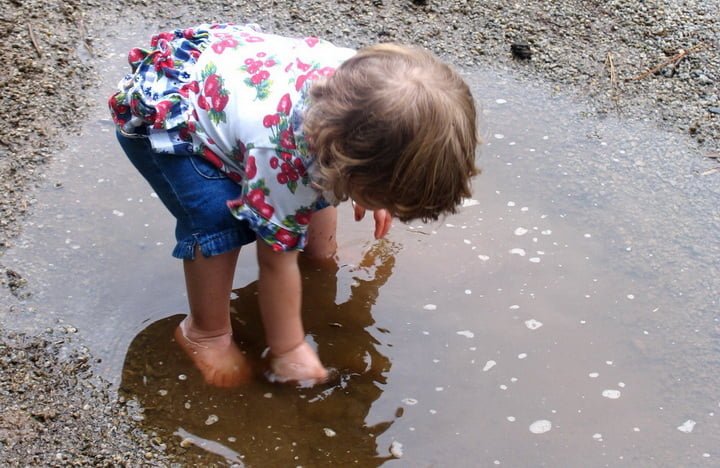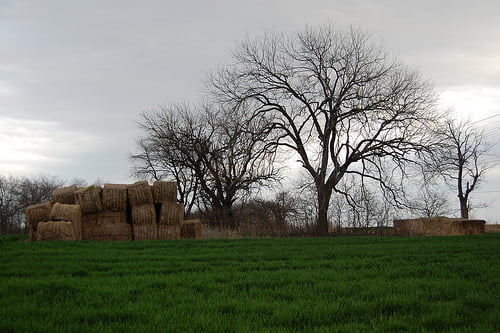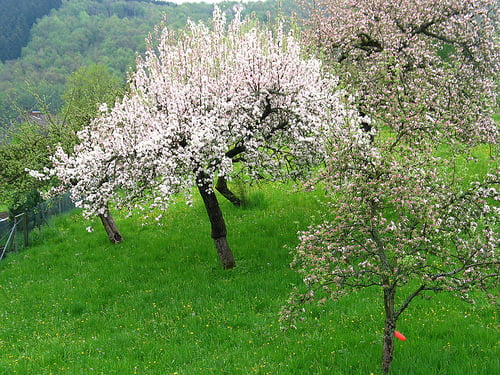Dispelling Those Common Misconceptions about Hydroponics

One common misconception about hydroponics is that is a new fangled, fashionable trend. Actually, it has been practiced for centuries. Even the ancient Egyptians used hydroponics to grow their food.
Great strides have been made in the field since the 1970s, when agriculturalists began studying it in earnest as an alternate means of food production, which perhaps is the reason behind so many people thinking it is a new invention.
Hydroponics is an often misunderstood part of the field of horticulture. Let’s separate the fact from the fiction and take a look at what exactly hydroponics means to the world of gardening and food production.
The word hydroponics is derived from Latin and means “working water.” Hydroponic growing is the growing of plants without soil.
All of the nutrients plants normally get from soil are instead delivered to the plants through water. Hydroponic gardeners create nutrient mixes to add to the water to give the plants everything they need to thrive.
Contrary to popular belief, hydroponics has absolutely nothing to do with genetically modified food. While genetically modified food has been offered as a solution to solving global hunger, as hydroponics has, it is a completely separate entity. Because genetically modified food is so controversial, hydroponics sometimes gets a bad rap.
In fact, hydroponic food is 100% natural food, not modified in any way, and no chemicals are added to the plants to make them grow that they would not get in traditional fields. It’s simply a different way to grow food; no genetic manipulation involved.
Some people believe hydroponics is bad for the environment. Nothing could be further from the truth. Hydroponic plants require much less water than traditional plants do – in most cases, they require around a tenth of the water of traditional plants. The water is used for the desired plants only; there is no water wasted on weeds.
Also, there is no run-off of pesticides into the surrounding environment. While hydroponic plants grown in greenhouses do require a lot of lighting to sustain, using a lot of energy, this cost is set off, and then some, by hydroponics’ water conservation potential.
Hydroponics also does not have to cost a fortune, despite what many people think. True, nutrient mixtures and growth mediums are expensive, but the field has come a long way in developing reusable materials to balance some of these costs. Small-scale hydroponic operations should be no more expensive than traditional gardens or crops of the same scale.
Nor is hydroponics an obscure gardening technique. It is used in nearly every country on earth, and in some environments, it is the most commonly used technique. For instance, in British Columbia, 90% of the plants grown in greenhouses are hydroponic plants.
One thing people consider a benefit of hydroponics is actually a myth as well. Hydroponics and organic farming are not synonymous. Most hydroponic growers used pesticides on their crops.
The bright side is that these pesticides do not pollute the surrounding environment with rainwater run-off like traditional crops do. It is possible to grow hydroponic crops organically, but it should not be assumed that all hydroponic crops are.
One last misconception about hydroponics is that is it used exclusively by the drug trade to grow marijuana. This is just not true. Some illegal growers do use hydroponics, but many more people use this technique to grow legal crops.





I have been using a hydroponic NFT system for a while now. Prior to that I was using coco, everyone told me that I was mad to change as hydro is complicated, Im so glad I didn’t listen to them as NFT is much easier to work with and the yields are much better too. I’m sticking with hydroponics from now on.